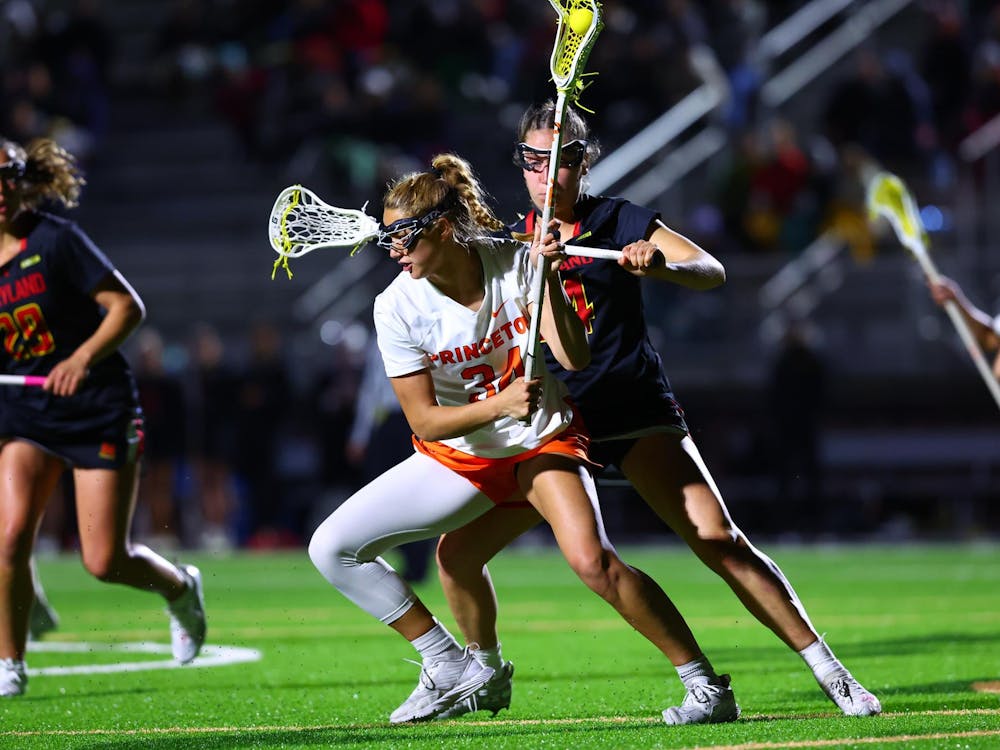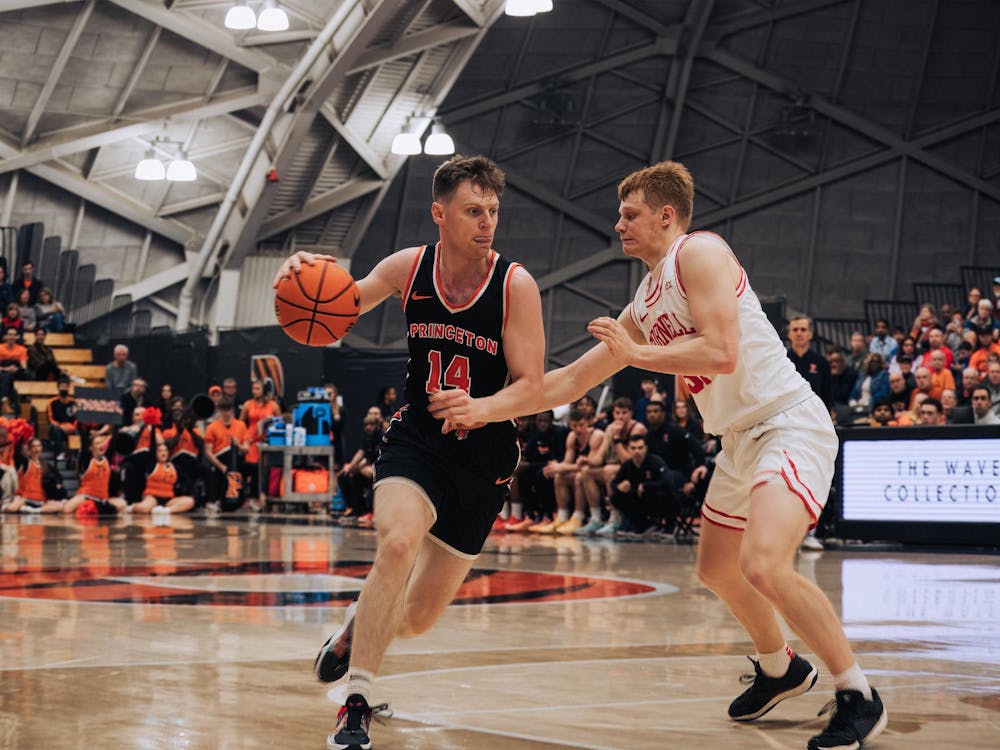“Anything that hits the timber or the batsman!”, junior Vijit Kapoor says when asked about his favorite delivery. Cricket may not be as fast-paced as basketball or soccer, but it is certainly as intense.
Kapoor is the president of the Princeton Cricket Club, which in 1857 became the second collegiate cricket club in the country. The club thrived in the 1860s and 1870s but then lost prominence for over a century until Tushar Gupta ’11 led a successful effort to restart the club in 2010.
A game of cricket is played between two teams of 11 players. There are three types of players in every team — batsmen, bowlers and a wicketkeeper. The bowlers “bowl” or hurl a ball toward the batsmen who try to hit it with their bats (“hit a shot”) and send it to different parts of the field. If the batsman is successful in doing so, his team is awarded “runs.” The bowler is successful in removing him from the game (“taking his wicket”) if the batsman commits one of many violations.
Princeton’s revived club had humble beginnings, holding indoor practices and playing with taped tennis balls instead of the regular leather-covered cork balls. The team played only one competitive game in the first two years after its founding. This year, though, has been a breakout year for the club.
The team has been holding regular outdoor practices and also recently organized its first invitational cricket tournament. Princeton, Dartmouth and Cornell played each other once each in a league format, and the Tigers emerged victorious after winning both their games, defeating Dartmouth by a margin of 13 runs and taking down Cornell by one wicket. Given that both the Dartmouth and the Cornell Cricket clubs have been around significantly longer than Princeton’s, the young Tiger squad was especially pleased.
When asked how they pulled it off, club vice president and sophomore Shafin Fattah praised his team’s fielding effort.
“We took some brilliant catches at key moments in both games,” Fattah said. “The team has been holding regular fielding drills, and we have certainly improved as a fielding unit.”
Referring to the game against Cornell, Vapoor added, “We were facing a good batting line up, but our bowlers set up the game for us by restricting Cornell to 102 runs [in the allotted 20 overs].”
Kapoor noted that both Universityassistant director of Campus Recreation for Sports Clubs Mitchell Reum and founder and president of American College Cricket Lloyd Jonah had been helpful in establishing the club.
Many members of the club come from countries like India, Pakistan, Bangladesh, Australia and New Zealand, where cricket is an integral part of life growing up. Kapoor, who was born in Mumbai, India, started playing when he was six and has played regularly ever since, turning out for his school and club teams in Singapore. Fattah also started playing in elementary school in Bangladesh and hasn’t looked back since.
A major factor which influences cricket’s popularity among the youth is its unpredictability. Games can change in a moment, which make cricket exciting to play as well as to watch.
“Even a single action in the nick of time, such as a run out or a great catch, can win the match. So anyone and everyone can make a difference on the field, which makes this game so special,” Fattah said.

The rules of cricket allow players plenty of room for improvisation, and the fact that this improvisation usually takes place within a matter of milliseconds keeps fans and players on edge. Since the sport’s inception, batsmen have developed new and improved ways to counter the opposition’s bowling, allowing batsmen today to pick and choose from a vast armory of shots or even combine them to create new shots. Kapoor’s favorites include the cover drive, straight drive and the punch off the back foot. Fattah prefers the cut shot, lamenting, in the same breath, its propensity lead to his untimely departures from the crease.
Bowlers, in turn, have evolved deliveries to confound batsmen. A few notable examples include the off spinner’s “doosra,” which spins in the direction opposite to what a batsmen would expect, and the fast bowler’s slower delivery, which is meant to trick batsmen into mistiming their shots. Fattah, too, has a trick up his sleeve, the backhanded slower ball, which he used with great success in the game against York College.
Another example of the dynamic nature of the game is the increasing prominence of all-rounders — players who can both bat and bowl — in the modern game. All-rounders offer flexibility to a side and allow for better adaptation to various situations on the field. Princeton’s club has plenty of all-rounders in its ranks; both Kapoor and Fattah play as all rounders. Unsurprisingly, Kapoor’s favorite player is Imran Khan, one of the greatest all-rounders the game has seen.
There is much for the club to be optimistic about in the coming years. The Tigers have improved significantly over the last couple of seasons and should only become better as they get more playing time under their belts. The club plans to play more competitive games this season to gain experience, starting with a game against Yale on April 14.
Due to a reporting error, an earlier version of this article misstated a quotation by Vijit Kapoor. He noted that both University assistant director of Campus Recreation for Sports Clubs Mitchell Reum and founder and president of American College Cricket Lloyd Jonah had been helpful in establishing the club. The 'Prince' regrets the error.








